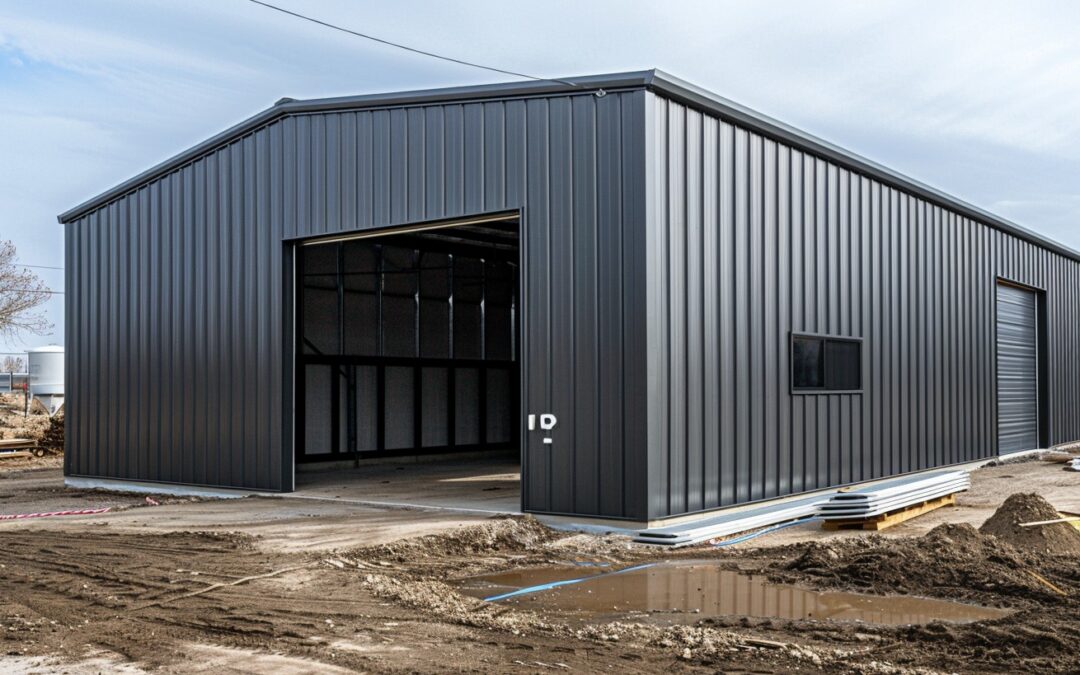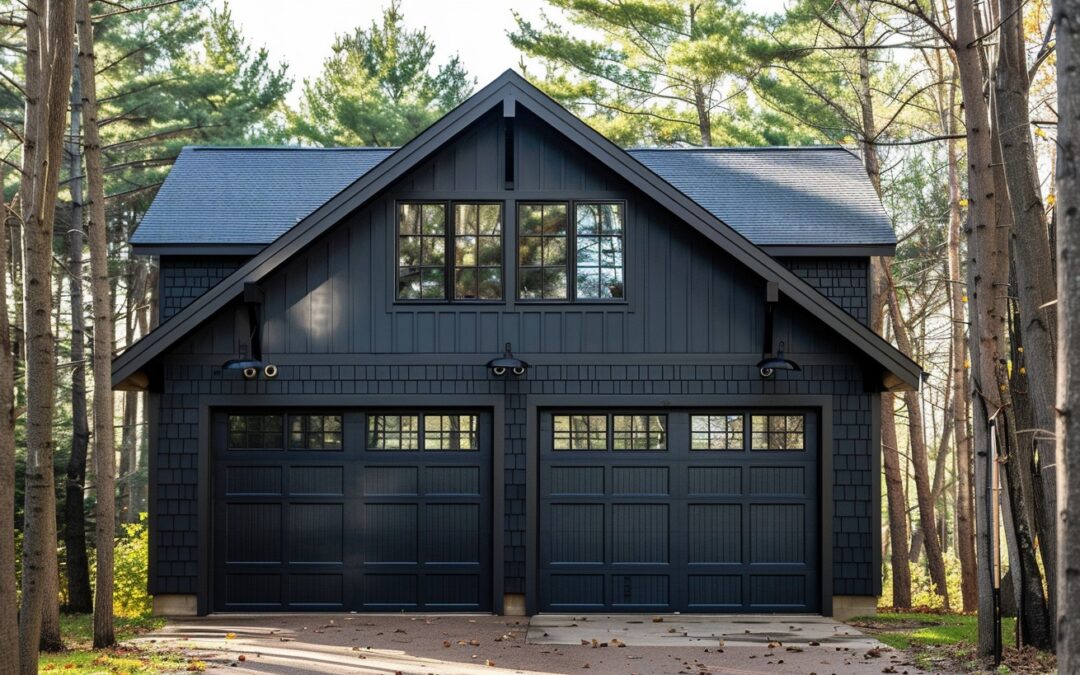Asif Khan Pays an Architectural Homage to Laborers with His Canada Water Boardwalk Project
A Commemorative Installation in the Heart of London
Recently, renowned architect Asif Khan unveiled a new contribution to the urban landscape of London – a 230-foot-long boardwalk situated along the historic Surrey Docks’ waterfront of Canada Water. This isn’t just any ordinary structure. Instead, the boardwalk serves as an homage to the laborers who once thrived in the now bygone timber industry of Victorian-era London.
Drawing Inspiration from the Past
Constructed as part of the Canada Water master plan, Khan’s boardwalk is no mere pedestrian pathway. It’s a physical symbol designed to honor and celebrate the hardworking individuals who toiled tirelessly day in and out in London’s timber industry in the past. Does this architect’s approach to transforming cityscapes while remembering historical labor achievements prompt you to rethink the role of urban design in socio-cultural narratives?
A Site-Specific Design With a Story
The site-specific design of the boardwalk, with its wooden planks and sturdy foundation, quietly whispers the stories of the resilient men of London who once labor-loaded, transported, and processed timber in the very same area back in Britain’s Victorian era. Using practical and aesthetically pleasing materials, Khan has skilfully incorporated elements that not only align with the functional expectations of a modern city thoroughfare but also whispers of a long-forgotten past.
Do you believe modern architecture and city planning can straightforwardly recall historical origins, or are they mere artistic interpretations reflective of an architect’s creative vision?
Timber and Labor: A Faded Legacy
There is a tangible link between the materials used in the construction industry and the labor forces involved in their production and assembly. This kinship, however, also reflects historical shifts in industry and labor trends over time. The days when timber was a crucial material in construction and labor worker shaped the cityscapes of Britain may seem long gone, yet Khan’s latest installation at Canada Water is a stirring reminder of that bygone era.
Indeed, Khan’s commemorative boardwalk serves as somewhat of a conduit, bridging the past and present. It’s more than just a landscape feature—it’s a vestige of human labor and industry echoing the whispers of an old legacy into the modern urban fabric of London.
Reflecting the Evolution of Urban Spaces
Urban landscapes inevitably change and evolve with time, reflecting the era’s needs, technologies, and social conditions. And, as a social and historical document, architecture doesn’t exist in a vacuum. Indeed, Khan’s contribution reaffirms the essential role of architecture in forming socio-cultural narratives. By creating the boardwalk, Khan has done more than erect a simple urban installation. He has crafted a narrative, a tribute to the industrious men and women whose efforts helped shape London’s urban landscape.
Does this innovative approach to public space design and urban storytelling excite you? Can integrating socio-historical narratives into urban landscapes set a precedent for future architectural developments?
Wrapping Up
As architect Asif Khan’s homage to the timber laborers of Victorian London debuts in Canada Water, the ripple effects of this powerful architectural narrative continue to echo in the hearts and minds of those who walk its length. For those interested in construction and real estate, this piece stands as a testament to the notion that architecture can go beyond functional design and city beautification. It can serve as a historical beacon, a testament to the epochs gone by.
Check out our featured projects that combine functional design with a keen aesthetic sense. Let’s move toward a future that values the legacy of the past and innovates for the present.
If this article has resonated with you or you have any thoughts, feel free to drop a comment or question below. Help us weave the narrative of the architectural landscape even richer.
[Source](https://construction.einnews.com/article/756461174/WNCr2BZGnVZ8QrjM?ref=rss&ecode=1DuD3iljaaUWz4P- rel=”nofollow”)



